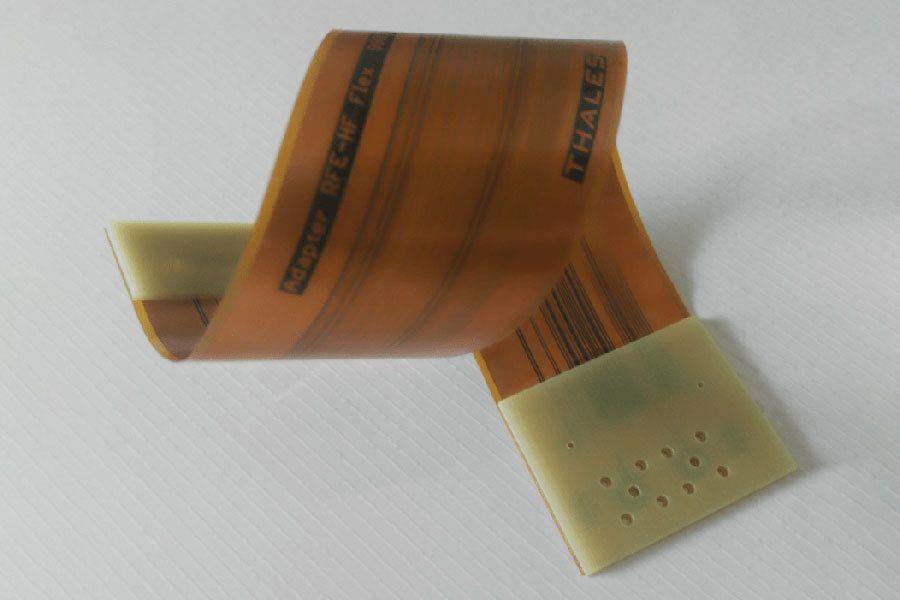
polyimide flexible circuit
Circuit flexible and polyimide flexible circuits were originally designed as a replacement for traditional wire harnesses. its growth and proliferation for circuit flexible and flexible printed circuit boards continue exponentially. A circuit flexible in its purest form is a vast array of conductors bonded to a thin dielectric film.
A circuit flexible cover lay, also known as a cover film, is a lamination process used to summarize and protect any peripheral circuitry of the circuit flexible. The cover lay serves a similar function as the solder mask does for conventional PCBs with the dissimilarity being the added component of flexibility. Naturally, the thickness of the cover layer is prepared of 1 mil thick Polyimide with a 1mil thick, attach adhesive, but other thicknesses are accessible to meet precise design necessities. The Polyimide and adhesive cover lay are laminated using force and heat. The heat allows for the simple flow of the adhesive which is needed because it must fill-in any and all gaps among the traces and pads to stop the trapping of air between layers. To a circuit flexible designer, this means the overlay openings for a characteristic 1 oz. The copper plan must be outsized by 10 mils, which is appreciably bigger than the typical huge of 2-3 mils used on conventional PCB solder masks.
Circuit flexible designs have subtly different specifications than that of their cousin the printed circuit board. Although printed circuit board design is a very well established and taught skill the lack of knowledge or experience with circuit flexible can cause frustration and concern. We have supported our customers’ transition from printed circuit boards to flexible circuits frequently over the years. It’s not as daunting as most think when faced with it the first time and our experienced staff help make the transition as smooth as possible.




